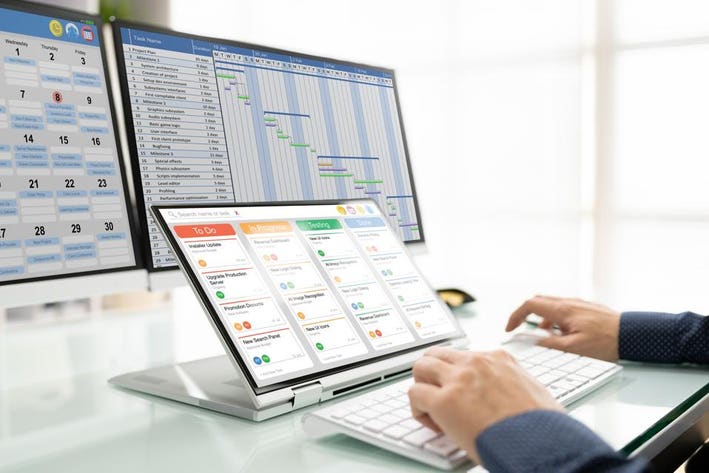In today's fast-paced business environment, efficiency and organization are key to maintaining a competitive edge. One tool that has stood the test of time and continues to be valuable across various industries is the T-card system. Though simple in concept, T-cards offer a range of benefits that can significantly enhance process management, production planning, scheduling, allocation, stock control, and communication.

Understanding T-Cards
Tcards, also known as T-card boards, are physical cards often mounted on a board or wall to visually track and manage tasks, inventory, or schedules. Each card typically represents a specific task, item, or process, and the board is organized in a way that allows for easy updates and tracking. The simplicity of the T-card system makes it adaptable to various business needs, providing a straightforward yet effective way to keep processes on track.
Streamlining Production Planning
Production planning involves coordinating various elements to ensure that manufacturing processes run smoothly and efficiently. T-cards can be an invaluable asset in this regard. By using T-cards to represent different stages of production, organizations can easily track progress, identify bottlenecks, and adjust resources as needed. For example, each T-card could represent a specific production order, with its position on the board indicating its current status. This visual representation helps managers quickly assess the status of production and make informed decisions to keep the process on schedule.
Enhancing Scheduling Efficiency
Effective scheduling is crucial for optimizing resources and meeting deadlines. T-cards provide a clear visual representation of schedules, allowing teams to see upcoming tasks and deadlines at a glance. By organizing T-cards by date or priority, businesses can easily allocate resources and adjust schedules to accommodate changes. This visual approach helps prevent scheduling conflicts and ensures that tasks are completed in a timely manner. Additionally, T-cards can be easily updated or moved to reflect changes in priorities, making it easier to adapt to shifting demands.
Optimizing Resource Allocation
Proper resource allocation is essential for maximizing productivity and minimizing waste. Tcards can be used to track the allocation of resources, such as personnel, equipment, or materials. Each T-card can represent a specific resource, with its position on the board indicating its current allocation or availability. This allows managers to quickly identify which resources are being utilized and where additional resources may be needed. By providing a clear overview of resource allocation, T-cards help ensure that resources are used efficiently and effectively.
Improving Stock Control
Stock control is another area where T-cards can make a significant impact. By using Tcards to track inventory levels and stock movements, businesses can maintain better control over their inventory. Each T-card can represent a different stock item, with its position on the board indicating current stock levels or reordering needs. This visual approach helps businesses quickly identify when stock levels are low and take appropriate action to replenish inventory. Additionally, T-cards can be used to track stock movements, such as incoming shipments or outgoing orders, providing a clear record of inventory activity.
Facilitating Communication
Effective communication is vital for ensuring that teams are aligned and working towards common goals. Tcards facilitate communication by providing a central visual reference that all team members can access. By using T-cards to track tasks, deadlines, and progress, teams can easily share information and updates. This helps reduce misunderstandings and ensures that everyone is aware of their responsibilities and the status of ongoing projects. Additionally, T-cards can be used to highlight important information or deadlines, making it easier to communicate priorities and keep everyone on the same page.
Adapting to Different Industries
One of the key advantages of T-cards is their versatility. Regardless of the industry, T-cards can be adapted to suit various needs and processes. For example, in manufacturing, Tcards can be used to track production orders and inventory levels. In project management, T-cards can help visualize tasks and deadlines. In retail, T-cards can be used to manage stock levels and monitor sales. The adaptability of T-cards makes them a valuable tool for businesses across different sectors.
Conclusion
In conclusion, T-cards offer a simple yet effective solution for improving process management across various business functions. By providing a clear visual representation of tasks, schedules, resources, and stock, T-cards help organizations streamline operations, enhance efficiency, and facilitate communication. Their versatility makes them a valuable tool for businesses in any industry, helping to ensure that processes run smoothly and that goals are achieved. As businesses continue to seek ways to optimize their operations, T-cards remain a timeless and practical choice for effective process management.